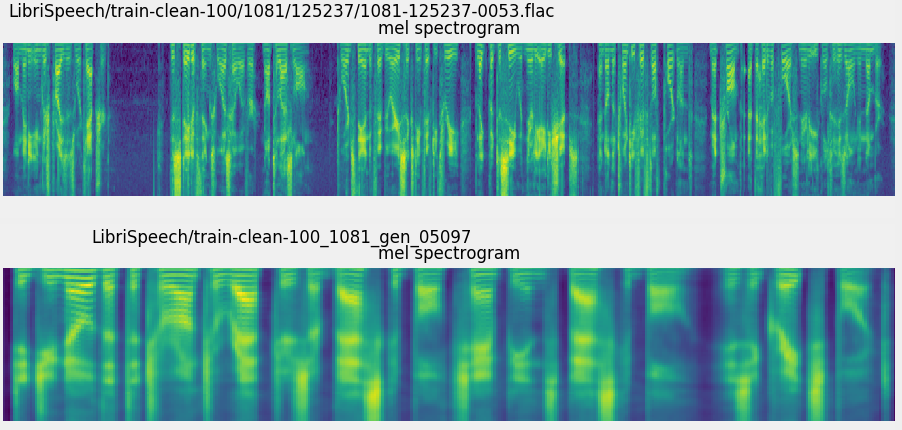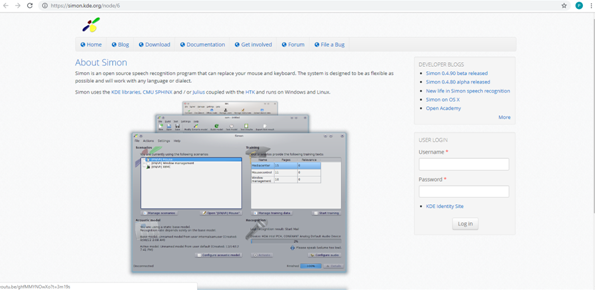


Let’s try to dig deep into some of the best open-source voice assistants available as of today. It was originally developed as a collaborative project of DFKI’s Language Technology lab and the Institute of Phonetics at Saarland University and is now being maintained by DFKI. So then, an open-source voice assistant is a perfect fit. MARY is an open-source, multilingual Text-to-Speech Synthesis platform written in Java. eSpeak is a compact open source software speech synthesizer for English and other languages. Since it is still not a fully realized technology, it makes more sense for businesses to opt for a voice assistant solution that could be easily customized or played around with.

With such a surge in this market, a large number of businesses are raring to make it a part of their operations. adults were using smart speakers as of January 2020.Īs of the 3 rd quarter of 2019, Amazon was leading the smart speaker market with 10.4 million units over Alibaba (3.9 mil), Baidu (3.7 mil), Google (3.5 mil), and others. It’s a 100 free and open source speech-to-text. This project is made by Mozilla, the organization behind the Firefox browser. The global voice assistant market is forecasted to show a growth of 30% from 2018 $1.2 billion to $5.4 billion in 2024.Īs per a recent consumer survey, it has been observed that 87.7 million U.S. Top Open Source Speech Recognition Systems. The move allow users of Google Translate to hear translations spoken out loud (text-to-speech) by clicking the speaker icon beside some translations. These voice assistants are essentially based on voice recognition (of course), NLP, and synthesis of speech. Google has integrated eSpeak, an open source software speech synthesizer for English and other languages, in its online translation service Google Translate. CA lot of us must have heard of voice assistants like Alexa, Siri, Google Assistant, and Cortana (and probably heard from them too).


 0 kommentar(er)
0 kommentar(er)
